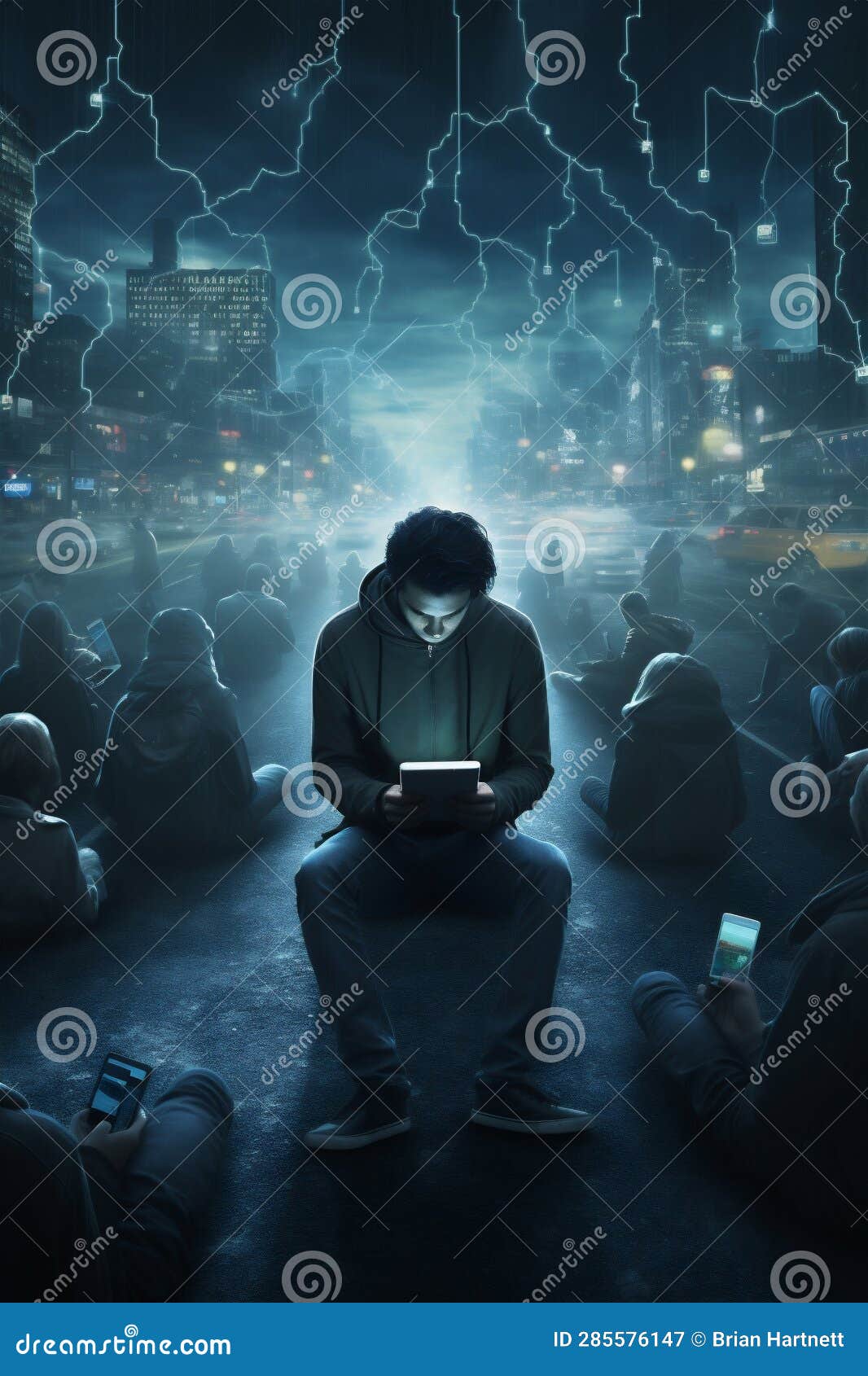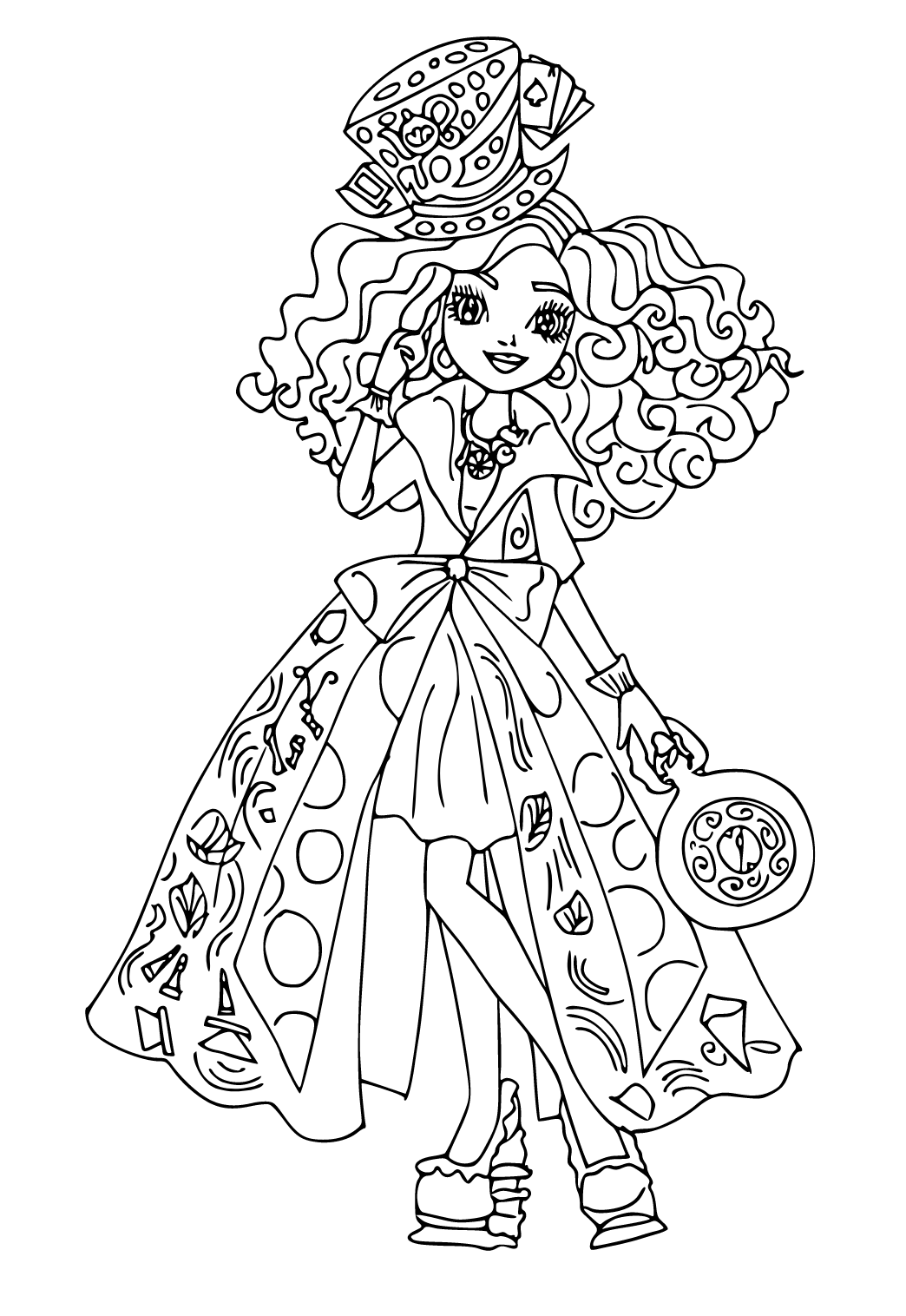Have you ever wondered why, in a world more connected than ever before, loneliness persists as a growing epidemic? Despite the proliferation of technology designed to bring us closer together, many individuals find themselves feeling increasingly isolated. This paradox of connectivity and isolation is one that demands our attention and understanding. The answer lies not just in the quantity of our connections but in the quality of our relationships and interactions.
In a world where digital communication dominates, it's easy to overlook the depth and authenticity that meaningful human connection requires. While technology offers unparalleled convenience and access, it often falls short in fostering genuine emotional bonds. In 2024, we are more digitally connected than ever, yet this connectivity seems to be inversely proportional to our sense of closeness and belonging. With every technological advancement promising to bridge gaps, why do we continue to feel distanced from one another? This question underscores the need for a critical evaluation of how we engage with technology and each other.
| Bio Data & Personal Information | Career & Professional Information |
|---|---|
| Name: Holly Ever Connected | Profession: Permanent Jewelry Designer |
| Date of Birth: January 15, 1987 | Company: Ever Connected Jewelry |
| Place of Birth: New York City, USA | Industry Experience: 15 years |
| Education: Bachelor’s Degree in Fine Arts | Specialization: Custom Handmade Jewelry |
| Instagram Profile | Awards: Best Designer Award (2022) |
The irony of our modern era is that while we are surrounded by screens and devices that promise constant connectivity, they often serve as barriers to authentic human interaction. Consider the scenario where an individual spends hours scrolling through social media, yet feels no real sense of community or belonging. This phenomenon highlights the disparity between being technically 'connected' and truly engaged with others. It's crucial to recognize that the tools we use to communicate can either enhance or hinder our ability to form meaningful relationships.
Moreover, the design of these technologies often prioritizes efficiency over empathy, leading to superficial interactions that fail to meet our deeper emotional needs. For instance, a text message or email might convey information quickly, but it lacks the nuances of tone, expression, and body language that are vital components of face-to-face communication. As a result, even when we are actively communicating, there remains a void that cannot be filled by digital means alone.
Another aspect contributing to this paradox is the way we measure success and fulfillment in today's society. Often, the metrics we use to gauge our progress—such as likes, followers, or shares—are external indicators that don't necessarily reflect the richness of our personal lives. This focus on quantitative measures can lead to a distorted perception of self-worth and further exacerbate feelings of isolation. Instead, we must shift our emphasis towards qualitative aspects like trust, mutual respect, and shared experiences.
In addressing this issue, it's essential to adopt strategies that balance the benefits of staying connected through technology with the need for meaningful human interaction. This involves being mindful of our habits and making conscious choices about how we use digital platforms. For example, setting boundaries around screen time, engaging in regular offline activities, and prioritizing face-to-face conversations can all contribute to building stronger, more fulfilling relationships.
Additionally, businesses and organizations play a pivotal role in shaping the culture of connectivity. By designing products and services that encourage genuine interaction rather than mere engagement, they can help bridge the gap between technology and humanity. Take, for instance, the case of IAS, which developed the first-ever Connected TV Verification Solution in collaboration with major video publishers. This innovation not only enhances the viewing experience but also ensures transparency and accountability in advertising, thereby fostering trust among users.
Furthermore, initiatives aimed at promoting digital literacy and emotional intelligence can empower individuals to navigate the complexities of modern connectivity more effectively. Education programs that emphasize critical thinking, empathy, and effective communication skills can equip people with the tools needed to cultivate meaningful relationships in both online and offline environments.
Ultimately, overcoming the paradox of connectivity and isolation requires a collective effort from individuals, communities, and institutions alike. By reevaluating our priorities and embracing practices that prioritize depth over breadth, we can transform our digital landscape into one that nurtures genuine connection and fosters a sense of belonging. As we move forward, let us strive to create a world where technology serves as a catalyst for human connection rather than a substitute for it.
In conclusion, the challenge of loneliness in an ever-connected world calls for a nuanced approach that acknowledges the limitations of technology while harnessing its potential to enhance our lives. Through thoughtful reflection and deliberate action, we can redefine what it means to be truly connected and build a future where everyone feels seen, heard, and valued.
Consider the example of Holly Ever Connected, whose work in permanent jewelry exemplifies the art of creating lasting connections through craftsmanship. Her dedication to producing high-quality, personalized pieces reflects a commitment to authenticity and attention to detail—qualities that are sorely needed in our fast-paced digital age. Similarly, projects like IAS's Connected TV Verification Solution demonstrate how innovative thinking can address the challenges posed by modern connectivity, paving the way for more transparent and trustworthy interactions.
As we continue to grapple with the complexities of our interconnected world, it's imperative that we remain vigilant in our pursuit of meaningful relationships. By doing so, we not only enrich our own lives but also contribute to a broader cultural shift towards greater empathy and understanding. After all, true connection is not merely about being linked; it's about bridging divides, fostering growth, and celebrating the shared human experience.



